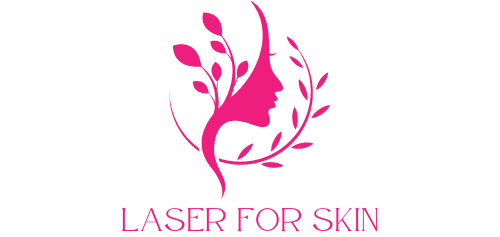Introduction: As we age, our skin undergoes various changes, including the development of fine lines, wrinkles, and texture irregularities. While aging is a natural process, many individuals seek ways to rejuvenate their skin and regain a more youthful appearance. Laser resurfacing has emerged as a leading treatment option for addressing signs of aging, offering targeted and effective results in turning back the clock on aging skin. Let’s delve into how laser resurfacing can help individuals achieve smoother, tighter, and more radiant skin, effectively reversing the visible effects of time.
- Understanding Aging Skin:
- Aging skin undergoes structural changes, including a decrease in collagen and elastin production, resulting in loss of firmness, elasticity, and resilience.
- Exposure to environmental factors such as sun damage, pollution, and lifestyle habits like smoking can accelerate the aging process, leading to premature wrinkles, fine lines, and uneven texture.
- How Laser Resurfacing Works:
- Laser resurfacing treatments use controlled beams of light to precisely remove the outer layers of damaged skin, revealing smoother, healthier skin beneath.
- The heat generated by the laser stimulates collagen production, promoting skin tightening and remodeling, resulting in a firmer, more youthful appearance.
- Different types of lasers, including fractional and ablative lasers, offer customizable treatment options tailored to individual skin concerns and desired outcomes.
- Types of Laser Resurfacing:
- Fractional Laser Resurfacing: Fractional lasers create microscopic treatment zones in the skin, promoting collagen remodeling and the gradual improvement of wrinkles, fine lines, and texture irregularities.
- Ablative Laser Resurfacing: Ablative lasers remove thin layers of skin, targeting deeper wrinkles, scars, and pigmentation. This type of laser therapy provides more dramatic results but may require longer recovery times.
- The Treatment Process:
- Consultation and Assessment: Patients undergo a thorough evaluation to assess their skin type, concerns, and treatment goals, ensuring the most appropriate laser modality is selected.
- Treatment Planning: A customized treatment plan is developed, outlining the type of laser resurfacing, the number of sessions needed, and pre- and post-treatment care instructions.
- Treatment Sessions: During the procedure, the laser device is applied to the skin, delivering targeted energy pulses to address wrinkles, fine lines, and texture irregularities.
- Post-Treatment Care: Patients receive instructions for post-treatment care, including skincare regimen, sun protection, and follow-up appointments to monitor progress.
- Benefits and Considerations:
- Benefits: Laser resurfacing offers targeted and effective results in reducing wrinkles, fine lines, and texture irregularities, leading to smoother, tighter, and more youthful-looking skin.
- Considerations: While generally safe, laser therapy may carry some risks, including temporary side effects such as redness, swelling, and pigmentation changes. It’s essential to consult with a qualified dermatologist or skincare professional to ensure safe and effective treatment.
Conclusion: Laser resurfacing offers a powerful solution for individuals seeking to rewind the clock on aging skin, providing targeted and effective results in reducing wrinkles, fine lines, and texture irregularities. By stimulating collagen production and promoting skin renewal, laser therapy offers a comprehensive approach to skin rejuvenation, restoring a more youthful and radiant complexion. Whether dealing with early signs of aging or more advanced skin concerns, laser resurfacing turns back the clock, empowering individuals to embrace a smoother, tighter, and more confident appearance.



